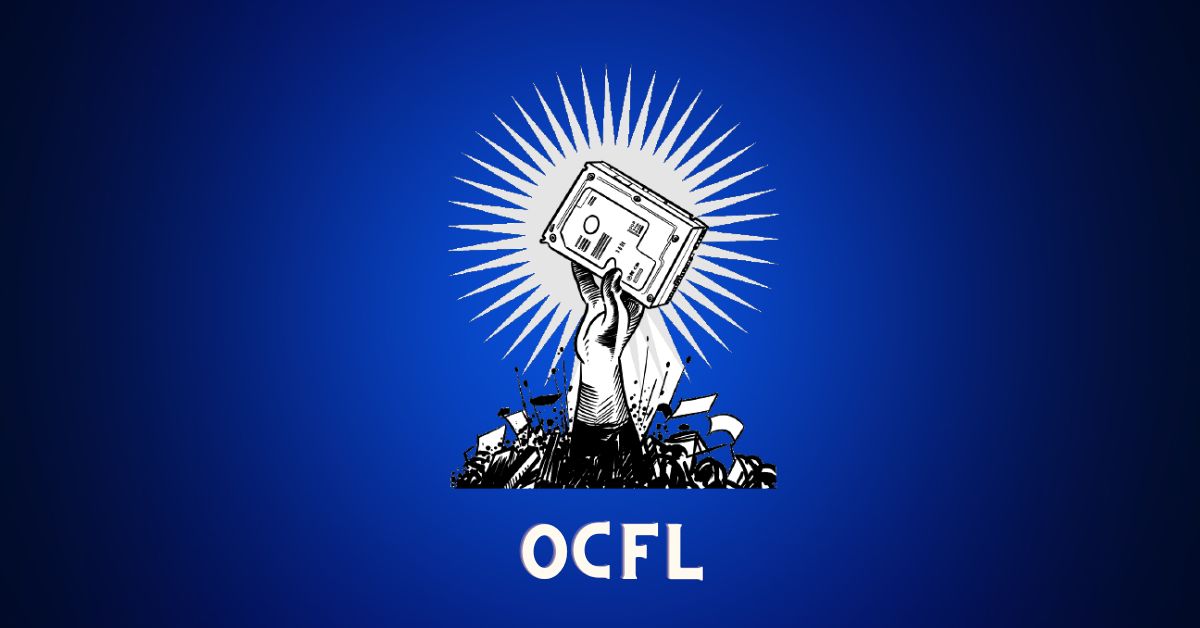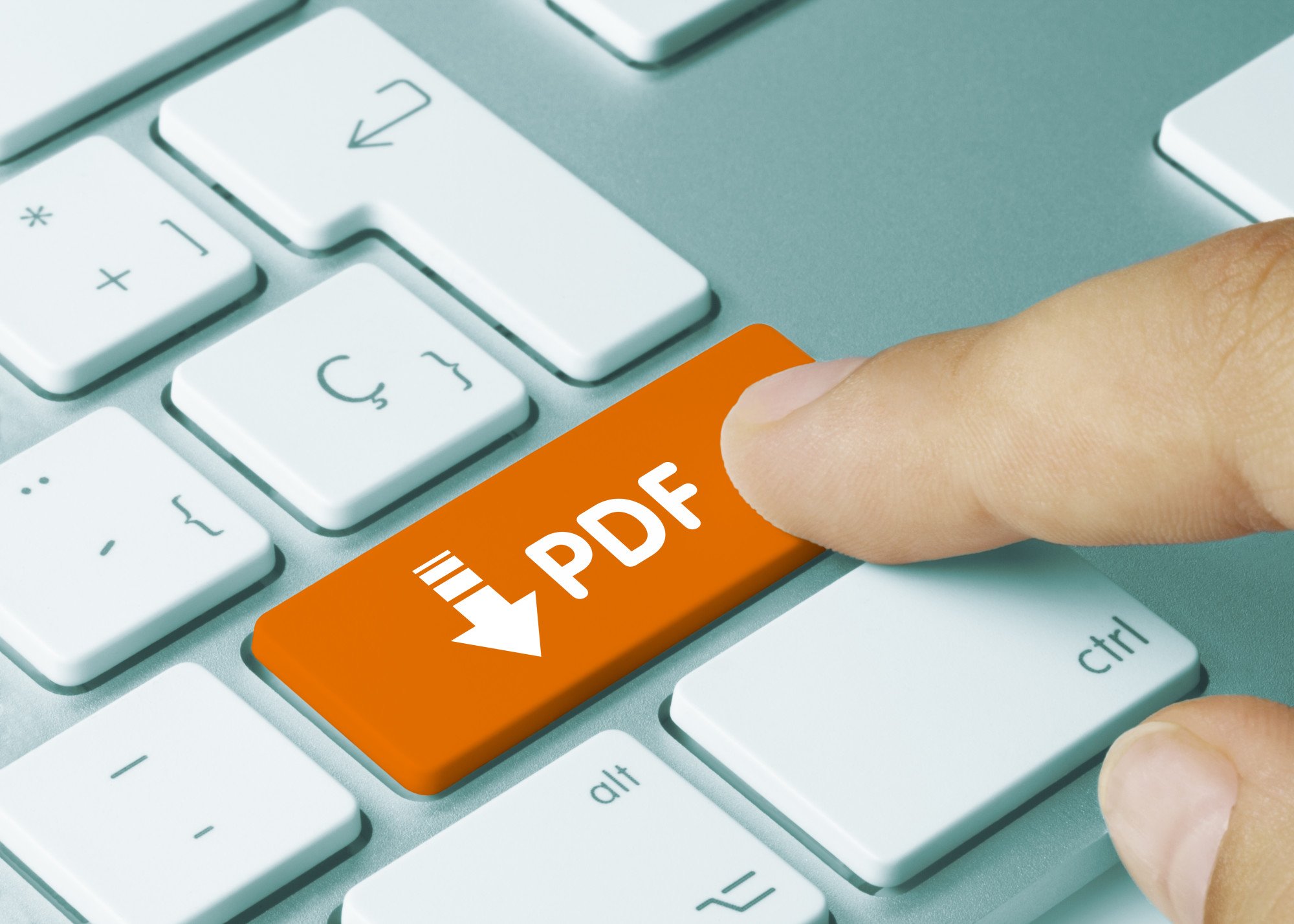what systems adhere to the oxford common file layout

The Oxford Common File Layout (OCFL) is a file layout specification that provides a standardized way to store and manage digital objects, making it easier for organizations to collect and preserve digital assets. This article explores what systems adhere to the oxford common file layout systems that adhere to the OCFL and its benefits in the life sciences industry.
What is OCFL?
OCFL stands for “The Oxford Common File Layout.” It is a community-driven specification for organizing and storing digital content in a reliable, scalable, and long-term sustainable way. The goal of OCFL is to create a standardized method for storing and managing digital objects so that they can be easily accessed, preserved, and migrated over time. The specification defines a common layout for digital objects and provides guidelines for how they should be named, versioned, and stored. By adhering to the OCFL specification, organizations can ensure that their digital content remains accessible and usable for future generations.
what systems adhere to the oxford common file layout?
The OCFL is a flexible and extensible specification that defines a standard layout for storing digital objects, including persistent identifiers, versioning, and content addressing. It was developed by Oxford University and the Digital Preservation Coalition, with the goal of creating a vendor-neutral system that any organization can implement to support digital asset preservation.
Systems that Adhere to the Oxford Common File Layout (OCFL)
Several digital preservation systems in the life sciences industry adhere to the OCFL, including Archivematica, Rosetta, Preservica, and Islandora. These systems provide a complete set of tools for managing digital objects, including creating and maintaining a persistent digital archive. By following the OCFL standard, digital assets will always be accessible and useful.
Benefits of Adhering to the Oxford Common File Layout (OCFL)
Adhering to the OCFL standard provides several benefits for organizations in the life sciences industry. Firstly, it provides a standardized way to store and manage digital objects, making it easier to preserve and access content over time. Secondly, it ensures the integrity of digital objects through features such as content addressing and versioning. Finally, it future-proofs digital archives by being flexible and extensible, which ensures that organizations can continue to manage and preserve their digital assets as technology and industry standards evolve.
Conclusion:
Adopting the OCFL standard is crucial for institutions and organizations dealing with digital content preservation. It provides a standardized format for organizing and storing digital files, ensuring that digital content remains authentic and trustworthy. Furthermore, adhering to the OCFL standard facilitates long-term digital preservation, which is essential for the sustainability of digital collections in the life sciences industry. With the increasing importance of digital content in our lives, organizations must have a reliable and consistent method of managing and preserving it, and the OCFL provides just that.
Did you find this article helpful? Visit more of our blogs!



















